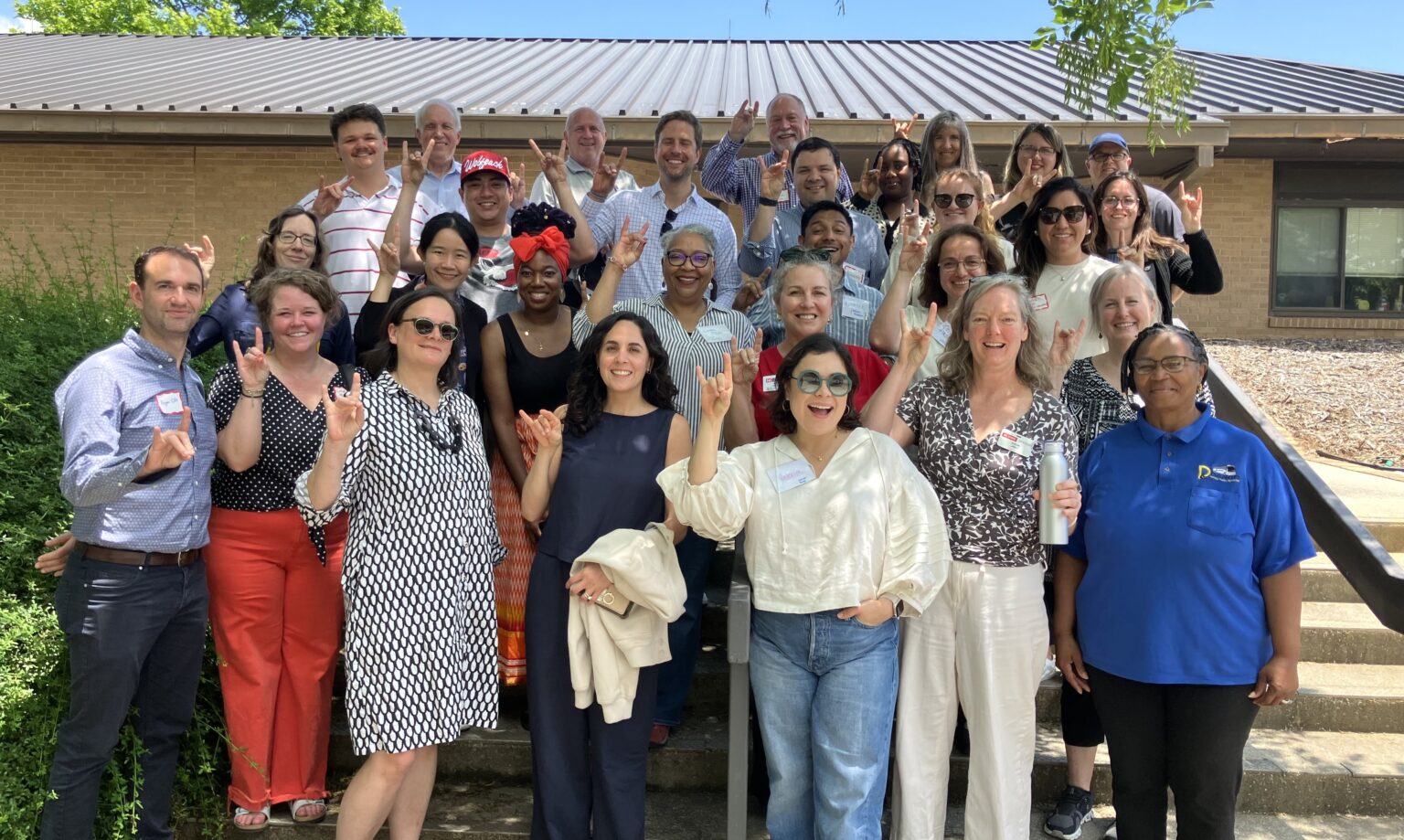Rob Handfield Provides Expertise on Successful Supply Chain Relationships

This article was originally posted by Thomas on January 29, 2020, by Lindsay Gilder. The article features Rob Hanfield, executive director of Supply Chain Resource Cooperative and Bank of America University distinguished professor of operations and supply chain management, as an expert on why developing key relationships is crucial to supply chains.
In a world of ever-changing tariffs and evolving technology, optimizing your supply chain is no longer a simple, finite task — but it’s worth the extra effort. 79% of companies with high-performing supply chains achieve higher than average revenue growth within their industries, compared to only 8% of businesses with less evolved supply chains, according to a 2014 Deloitte survey.
Unfortunately, only 50% of business leaders think that supply chain is a separate factor to the rest of their business strategy — and that could be costing them.
It appears that supply chain optimization has been pushed to the back burner for many businesses. It’s understandable, considering the constant fluctuation in the dynamics of supply chains can make it difficult for even the key players to keep up, but it’s a big mistake.
To help your business better prepare to handle these supply chain challenges, Tony Uphoff recently sat down with Robert Handfield, distinguished professor of supply chain management at North Carolina State’s Poole College of Management and the founder and executive director of the Supply Chain Resource Cooperative (SCRC), on the Thomas Industry Update Podcast.
The SCRC is an industry-university partnership dedicated to advancing supply chain management by connecting Fortune 500 businesses with future supply chain managers for a hands-on learning experience.
According to Handfield’s 30 years of research in the world of supply chain, the key to management “is actually about managing inter-organizational relationships and often involves multiple enterprises.”
Handfield’s Flows of Supply Chain Management
Contrary to what is typically taught in supply chain management, Handfield has a slightly different take on the three flows of supply chain. While professionals are usually taught that these three flows include materials/products, information, and finances, Handfield notes one more very significant flow in his co-written book, Introduction to Supply Chain Management: relationships.
“Relationships are really important. Relationships, I think, are often overlooked as the glue that holds supply chains together,” Handfield explains. “To me, trust is a team that designates a series of small promises kept. When you first start working with another party, whether it’s a supplier or a distributor, you set up performance expectations. You write a statement of work. You write an SLA. You embody that in a contract. And over time, that relationship evolves.
“And relationships have to be managed. You have to set forth what performance measures are expected. You have to review those performance measures sometimes using a scorecard,” Handfield continues. “And the more you do that — generally quarterly — you go over what’s going right, what’s going wrong, and what can we fix. And I think it’s that piece of doing what you say you’re going to do over time that builds that close relationship.”
Although managing relationships may not be at the top of your company’s supply chain list, Handfield explains that they really matter when something goes wrong. Additionally, these relationships are also about “finding ways to continuously improve performance and take cost out of the supply chain and drive innovation, drive new technology, and work together in a mutually beneficial relationship,” he says. “When [a disruption] happens, both parties have to put their heads together and say, ‘What are we going to do about this?’ Because very often these types of events are not covered in contracts. You can’t write down in a contract every possible event or disruption that can occur.”
Preparing for and Dealing with Disruption
One of the biggest issues your company could face in managing its supply chain is the unexpected: a disruption in the flow of goods. While it can be difficult to prepare for all of the ‘what ifs,’ Handfield notes that disruptions are what sets well-managed supply chains apart from their competitors.
“One of the key indicators of a well-managed disruption is early warning. The quicker that you can get on that problem, talk to suppliers in that region, determine if they’ve been affected, and determine what the impact is going to be, then [the faster] you can take a multi-million-dollar disruption and turn it around and make it a hundred-thousand-dollar disruption,” Handfield says. “I think that’s the key: trying to mitigate and minimize damages under those conditions.”
Collaborating is Key to Success
Especially in industrial applications, Handfield notes that supply chains are exposed to potential disruptions related to technical issues, quality, or even delivery. Avoiding these issues is best achieved by keeping up with the latest technological solutions, and, in turn, good collaboration.
“In my mind, the best ideas always come when you put two people together and they start talking in an informal manner. [Maybe that means] putting an engineer from a supplier and a buyer together and having them share ideas… and that’s how innovation occurs,” he says. “I’ve seen it time and again that you can’t do it alone. You have to work with your supply chain partners to solve problems.
“Suppliers know more about the technology than you do, and they know more about their product and process than you do,” Handfield continues. “They have ideas that can help you to take costs out, to improve delivery, to improve performance, to help drive maybe a new product idea. That’s where the ideas occur. Very often it’s with the smaller suppliers in this country, not the behemoths that are out there. Collaboration will always yield better savings opportunities — better cost-savings opportunities, better performance opportunities — when you’re working with people instead of against them, instead of [approaching the situation with] an ‘at arm’s length,’ ‘beat-’em-up’ type of mentality.”
Building the Best Supply Chain Team
Relationship management and collaboration are two facets that contribute to the success (or failure) of a supply chain team and come in a package deal when building a successful supply chain team for your company. In order to build the perfect team, Handfield and his advisers at SCRC note these important skills for supply chain professionals:
- Excellent analytical and problem-solving skills
- Ability to work confidently and comfortably with datasets in order to solve complex problems
- Strong communication skills and a positive attitude in working with a team
While these traits make for an excellent supply chain manager, attracting the right person to your team isn’t necessarily easy.
According to Handfield, “What young people today are looking for more than anything are opportunities where they can learn. And I think those are great characteristics and great qualities of supply chain managers; you want to look for people who are naturally curious, that want to learn, that want to dive in.”
Making Sure Your Employees are Here to Stay
After you’ve built an effective supply chain team for your company, naturally you’ll want to make sure you retain your new employees.
According to a Deloitte study, 43% of millennials plan to switch jobs within two years and only 28% have plans to stay beyond five years. The study concludes that young people want jobs that are making a positive impact on the world and maintain sound business ethics. Millennials and Gen Z want to see companies drive more than just profits.
In the same vein, Handfield notes that one of the best ways to retain employees is through engaging employees and mentorships.
“One thing you can do is mentorship [and focusing on] engaging people,” he says. “One key way to do this is through collaboration with universities. More and more universities have opportunities to meet with students and talk to them. And then once you hire them, put them in roles that will challenge them. Put them into roles where they have to solve problems, meet with different teams, and be able to deal with people. I think that’s really what people are excited for today, is they want to be in roles where they can learn, where they’re challenged, and where they’re working on different things.”


